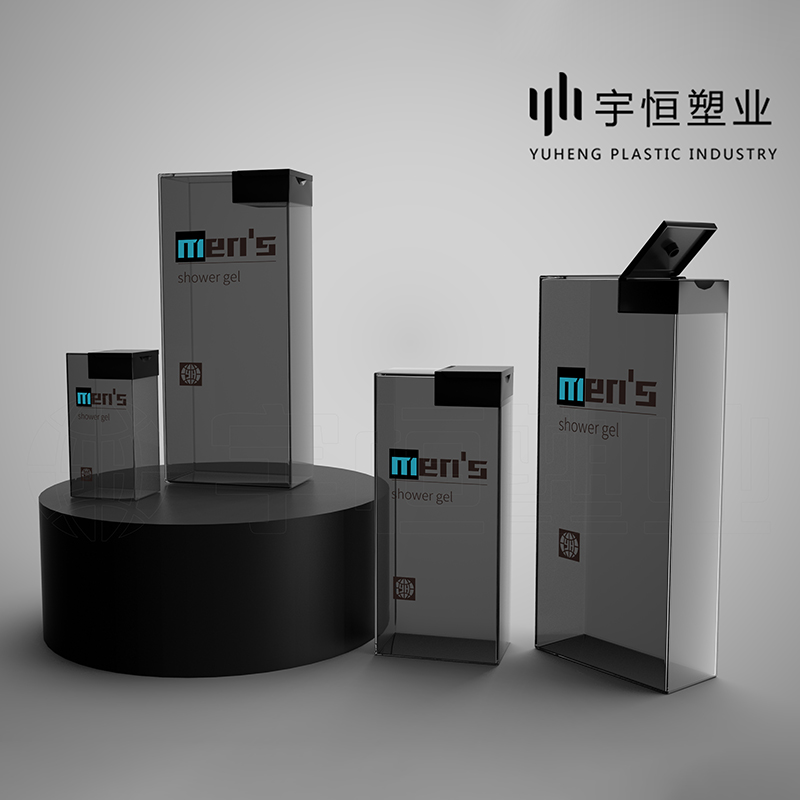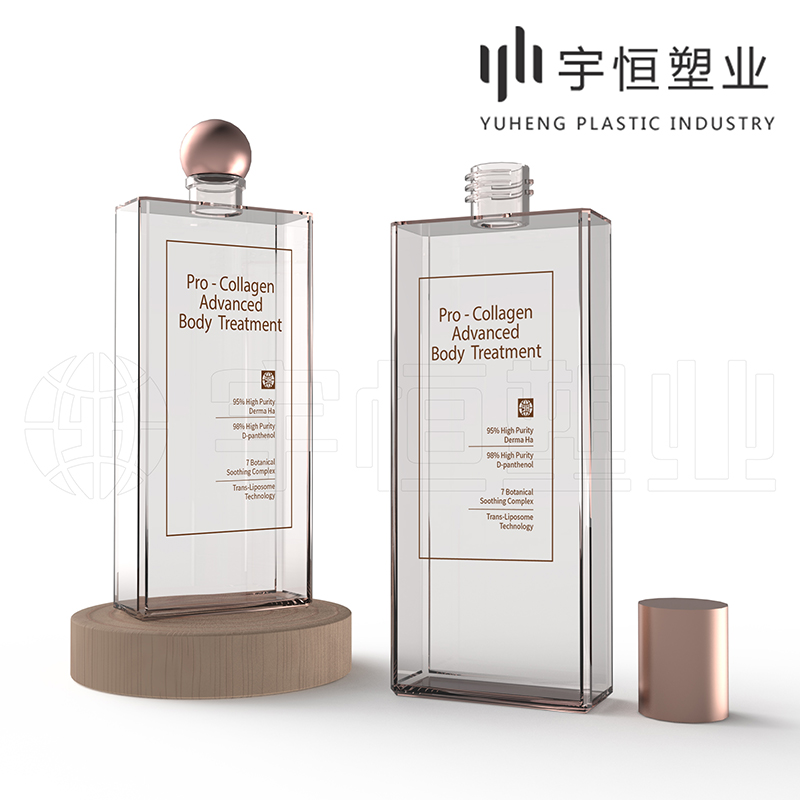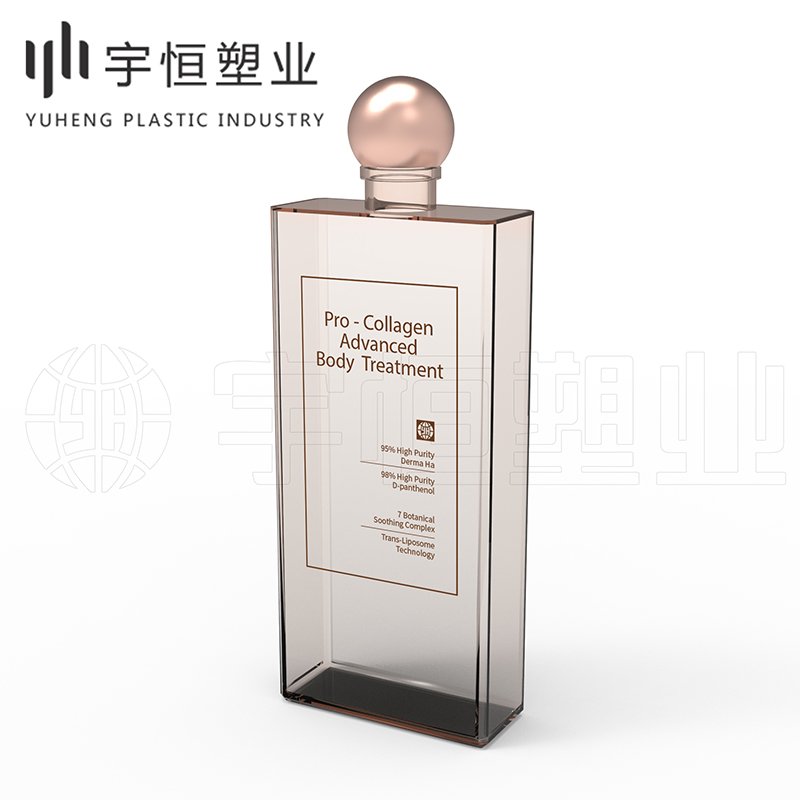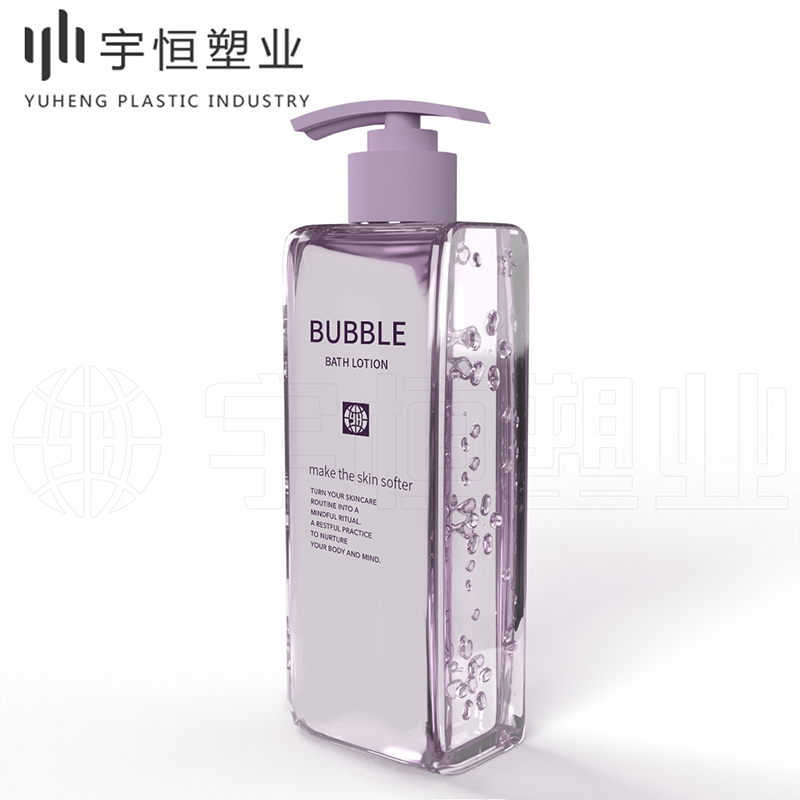Cosmetic plastic bottles, as an indispensable part of modern cosmetic packaging, not only carry the beauty and texture of the product, but also directly relate to the safety and user experience of the product. Understanding the material of cosmetic plastic bottles is crucial for consumers. This article will delve into the main materials and characteristics of cosmetic plastic bottles.

1. Common Materials of Cosmetic Plastic Bottles
Cosmetic plastic bottles are made of various materials, but the most common and widely used ones are:
High-Density Polyethylene (HDPE): HDPE is a lightweight, tough, and durable plastic with excellent chemical stability and corrosion resistance. In cosmetic packaging, HDPE is often used to manufacture bottles for lotions, shampoo, and other products.
Polypropylene (PP): PP plastic has good heat resistance, chemical resistance, and mechanical strength, while being lightweight due to its low density. In the cosmetics industry, PP is commonly used to make bottle caps, pump heads, and other components.
Polyethylene Terephthalate (PET): PET plastic has high transparency, excellent impact resistance, and chemical resistance. Due to its superior appearance and performance, PET is often used to manufacture transparent plastic bottles for high-end cosmetics.
Polyvinyl Chloride (PVC): Although PVC is used relatively less in cosmetic packaging, it is still used for some low-end cosmetics due to its low cost and good processing performance.

2. Importance of Material Selection
The choice of material for cosmetic plastic bottles not only affects the appearance and texture of the product, but also directly relates to its safety. Quality plastic materials should have good chemical stability to avoid chemical reactions with ingredients in cosmetics, which could lead to product deterioration or the generation of harmful substances. In addition, the material of plastic bottles should also have sufficient strength and toughness to ensure that they are not easily damaged or deformed during transportation and use.

3. Environmental Protection and Sustainable Development
With the increasing awareness of environmental protection, the material selection of cosmetic plastic bottles is also paying more attention to environmental protection and sustainable development. Many manufacturers are beginning to use recyclable and biodegradable environmentally friendly materials, such as bio-based plastics and recycled plastics, to reduce their negative impact on the environment. At the same time, optimizing design and production processes to reduce the amount of packaging materials and waste generated is also an important way to achieve environmental protection and sustainable development.

In conclusion, the material selection of cosmetic plastic bottles is a process that comprehensively considers product performance, safety, and environmental requirements. When purchasing cosmetics, consumers can pay attention to the packaging material of the product and choose products with quality and environmentally friendly plastic bottles, not only protecting their health and safety but also contributing to environmental protection.




